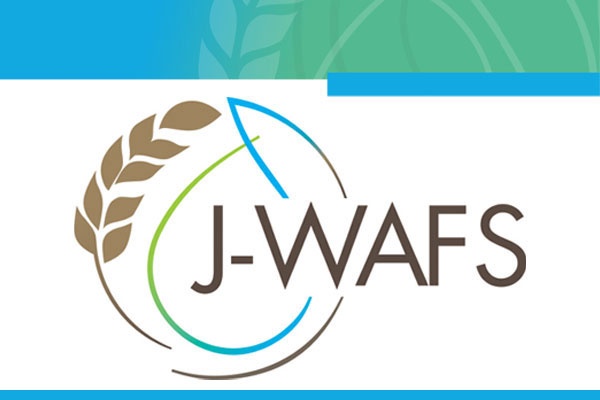Our Research Detection of pathogens using dynamically reconfigurable liquid colloid particles

Photo Credit: iStock Images, Swager, Klibanov research team
Principal Investigators
Challenge:
Is there an affordable way to detect food contamination rapidly at any point in the supply chain?
Research Strategy
- Use Janus emulsions—a kind of nanoparticle—to bind to bacterial proteins to make them visible
- Engineer an interface that turns the droplets into sensors detectable by smartphone
- Develop into consumer smartphone technology
Project description
Foodborne diseases are a major public health concern in the United States and worldwide. It is estimated that each year approximately 48 million, or one in six, Americans become ill as a result of consuming food or water contaminated with pathogens or pathogenic toxins. Overall, in the United States alone, foodborne illnesses cost an estimated $55.5 billion per year.
Given the high costs associated with foodborne illnesses, developing a simple, inexpensive, and selective device that can be used on-site to rapidly test large amounts of food samples for the presence of hazardous pathogens should be highly marketable to the food industry. The Swager lab reported on a new class of dynamically reconfigurable liquid colloid particles (LCPs) that are particularly powerful in liquid phase detection schemes. These particles are simple to make, scalable, and can be easily tuned to specifically detect different analytes, like pH, light, and magnetic fields.
In this project, the research team developed a path to a biosensor that utilizes sensory LCPs to detect preselected pathogens, taking advantage of well-studied carbohydrate-pathogen binding interactions (bioreceptor) and detection by naked-eye or emissive-based optical readouts (transducer). The design is modular and able to selectively detect a large number of bacterial, viral, and protozoan pathogens that commonly cause food poisoning. The research team focused on (1) evaluating the proposed detection scheme for sensing pathogens with high selectivity and sensitivity and (2) developing visualization techniques for these LCPs using emissive-light techniques.
Outcomes
- Developed a handheld food safety sensor that uses specialized droplets that behave like a dynamic lens, changing in the presence of specific bacteria, therefore detecting bacterial contamination in food
- Launched a startup called Xibus Systems that is working on product development, and is focusing on Listeria detection as a first target market
News
Spinout Company
Xibus Systems

Food and beverage safety remains a multibillion problem littered with health costs, product recall costs and reputational damage. More reliable, faster, cheaper and more accessible solutions are needed to mitigate billions of direct and indirect cost.
Xibus Systems is taking an entirely new technical approach to address this challenge.
We are developing a microbiological testing solution applicable to pathogens, allergens and spoilage organisms delivering:
- Quantitative, multiplex tests for high throughput
- Low component and overall solution cost
- Best in class time-to-result
- Mobile form factors
Additional Details
Impact Areas
- Food
Research Themes
- Sensors & Monitoring
- Technology & Commercialization
- Transforming Food Systems
Year Funded
- 2016
Grant Type
- Solutions Grant
Status
- Completed






